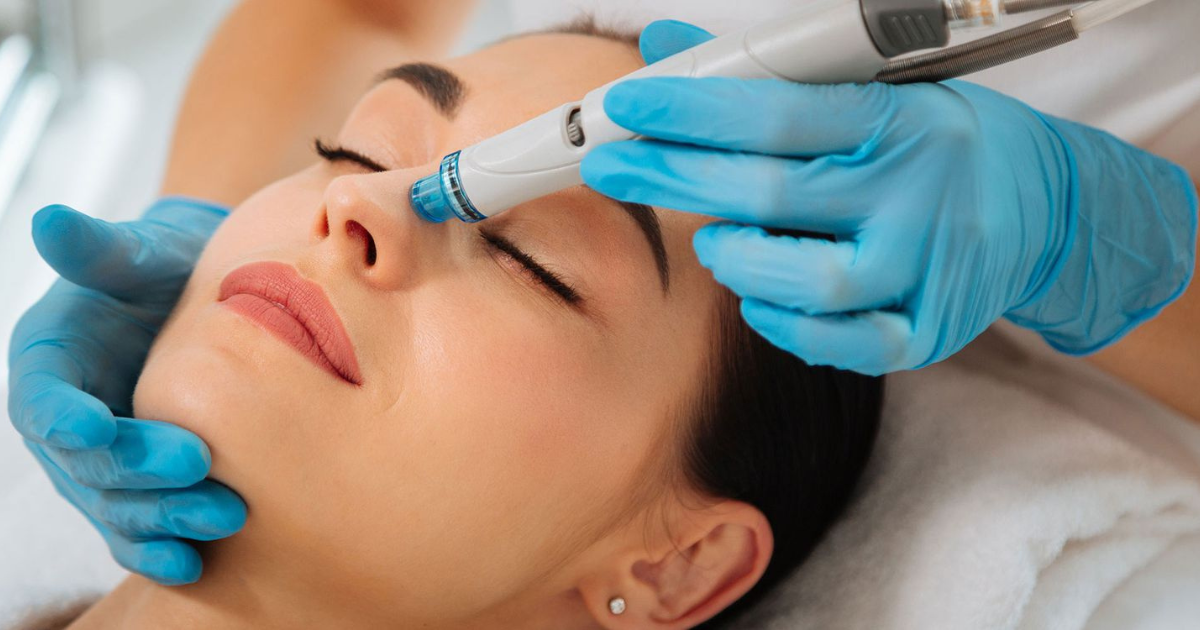When it comes to achieving a straighter smile, many people are exploring alternatives to traditional braces. Invisalign, a popular clear aligner system, has transformed the orthodontic landscape by offering a discreet and comfortable solution. But is Invisalign the right choice for your dental needs? This article answers the most common questions about Invisalign and explores whether it can fix your teeth.
What Is Invisalign?
Invisalign is a teeth-straightening treatment that uses a series of custom-made, clear plastic aligners to gradually shift teeth into their desired position. Unlike traditional braces, which rely on metal brackets and wires, Invisalign aligners are virtually invisible and removable, offering a more aesthetic and flexible solution for orthodontic correction.
What Dental Issues Can Invisalign Fix?
Invisalign is effective for treating a wide range of dental problems, including:
- Crowded Teeth: When teeth overlap due to limited space in the jaw, Invisalign can help create more room and align them properly.
- Gaps Between Teeth: If you have noticeable spaces between teeth, Invisalign aligners can gradually close these gaps.
- Overbite: Invisalign can correct an overbite by shifting the upper teeth back into alignment with the lower teeth.
- Underbite: When the lower teeth extend beyond the upper teeth, Invisalign can help reposition the jaw and teeth for a better bite.
- Crossbite: Invisalign can address cases where some upper teeth sit behind the lower teeth instead of in front.
- Open Bite: For patients with an open bite where the upper and lower teeth don’t touch, Invisalign can help achieve proper alignment.
While Invisalign can handle most mild to moderate cases, severe dental issues may require alternative treatments such as traditional braces or surgery. Consulting with an orthodontist is essential to determine the best option for your specific condition.
How Does Invisalign Work?
The Invisalign process involves several steps:
- Initial Consultation: During the first appointment, your dentist or orthodontist will evaluate your teeth and discuss your treatment goals.
- Custom Treatment Plan: Advanced 3D imaging technology, such as the iTero scanner, creates a digital model of your teeth and maps out the step-by-step movements required to achieve alignment.
- Aligner Creation: Based on the treatment plan, a series of clear aligners is custom-made for your teeth.
- Wearing Aligners: You’ll wear each set of aligners for 20-22 hours per day, switching to a new set every one to two weeks as your teeth gradually move.
- Regular Checkups: Periodic visits to your provider ensure that your treatment is progressing as planned.
- Retention: After completing Invisalign, you’ll need to wear retainers to maintain your new smile and prevent teeth from shifting back.
How Long Does Invisalign Treatment Take?
Treatment duration varies depending on the complexity of your case. On average:
- Mild cases: 6-12 months
- Moderate cases: 12-18 months
- Severe cases: 18+ months
Your orthodontist will provide a more accurate timeline during your consultation.
Is Invisalign Painful?
Invisalign is generally less painful than traditional braces. However, you may experience mild discomfort or pressure when switching to a new aligner as your teeth adjust. This sensation typically subsides within a few days.
What Are the Benefits of Invisalign?
- Discreet Appearance: The clear aligners are nearly invisible, making them ideal for adults and teens who want a subtle orthodontic solution.
- Removability: Invisalign aligners can be removed for eating, drinking, brushing, and flossing, allowing for better oral hygiene.
- Comfort: The smooth plastic material minimizes irritation to the gums and cheeks.
- Customized Fit: Each aligner is tailored to your teeth for maximum effectiveness and comfort.
Are There Any Drawbacks?
While Invisalign offers many advantages, it’s important to consider:
- Compliance Required: Success depends on wearing the aligners for the recommended 20-22 hours per day.
- Cost: Invisalign can be more expensive than traditional braces, though financing options are often available.
- Not Suitable for Everyone: Severe or complex dental issues may require other orthodontic treatments.
How Much Does Invisalign Cost?
The cost of Invisalign varies based on factors like treatment complexity and location. On average, prices range from $3,000 to $8,000. Many dental insurance plans offer partial coverage, and providers often offer payment plans to make the treatment more affordable.
Is Invisalign Right for You?
Invisalign can be an excellent choice for individuals seeking a discreet, comfortable, and effective way to straighten their teeth. However, its suitability depends on your unique dental needs and commitment to wearing the aligners as directed. Consulting with a qualified orthodontist is the best way to determine whether Invisalign is the right solution for you.
Invisalign has revolutionized orthodontics by offering a flexible and nearly invisible way to achieve a perfect smile. Whether you’re dealing with crowded teeth, gaps, or bite issues, Invisalign may be able to help. Schedule a consultation with your orthodontist to learn more about how this innovative treatment can transform your smile.
